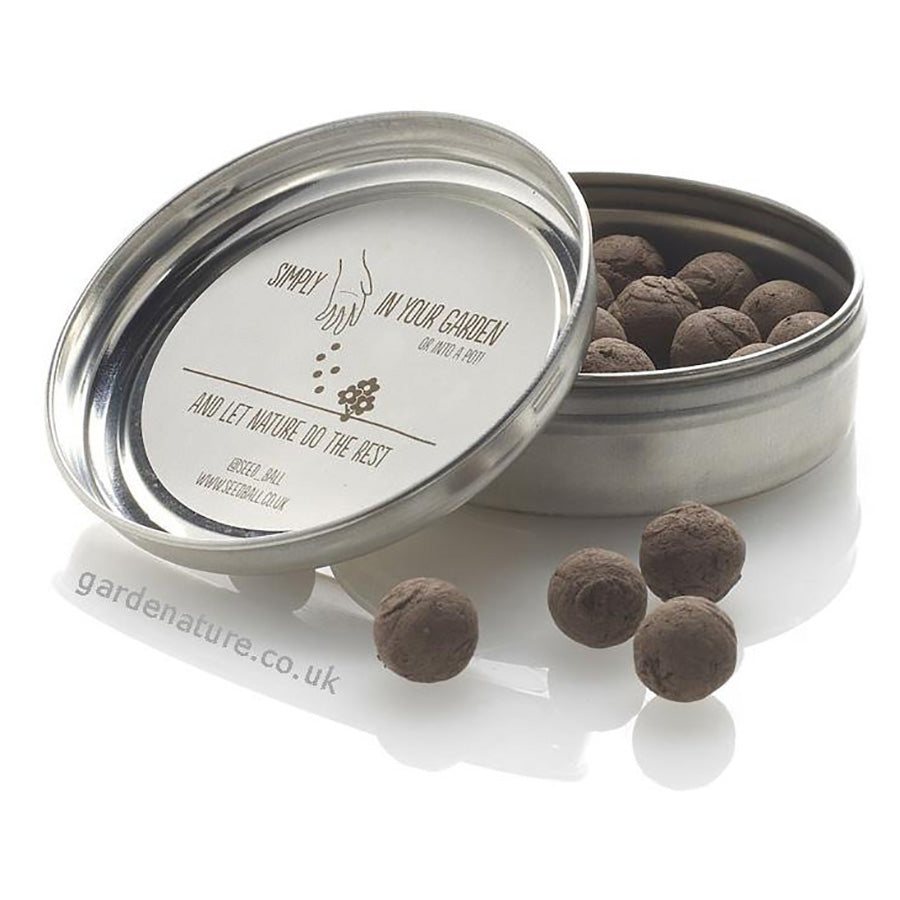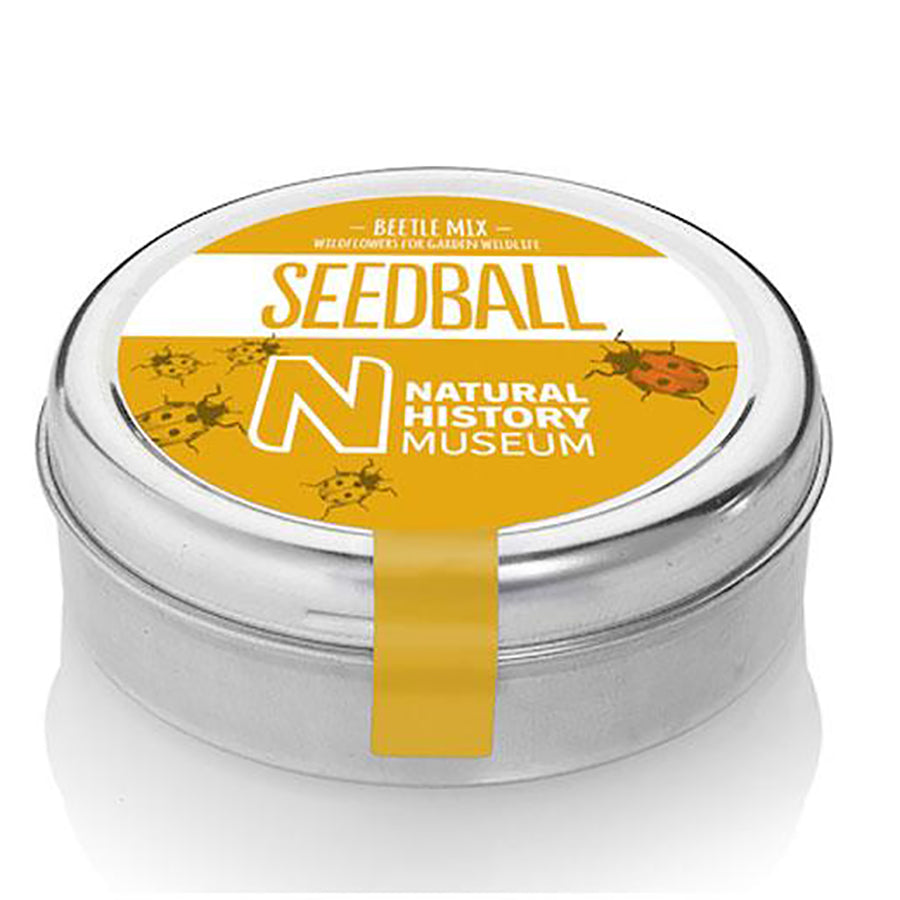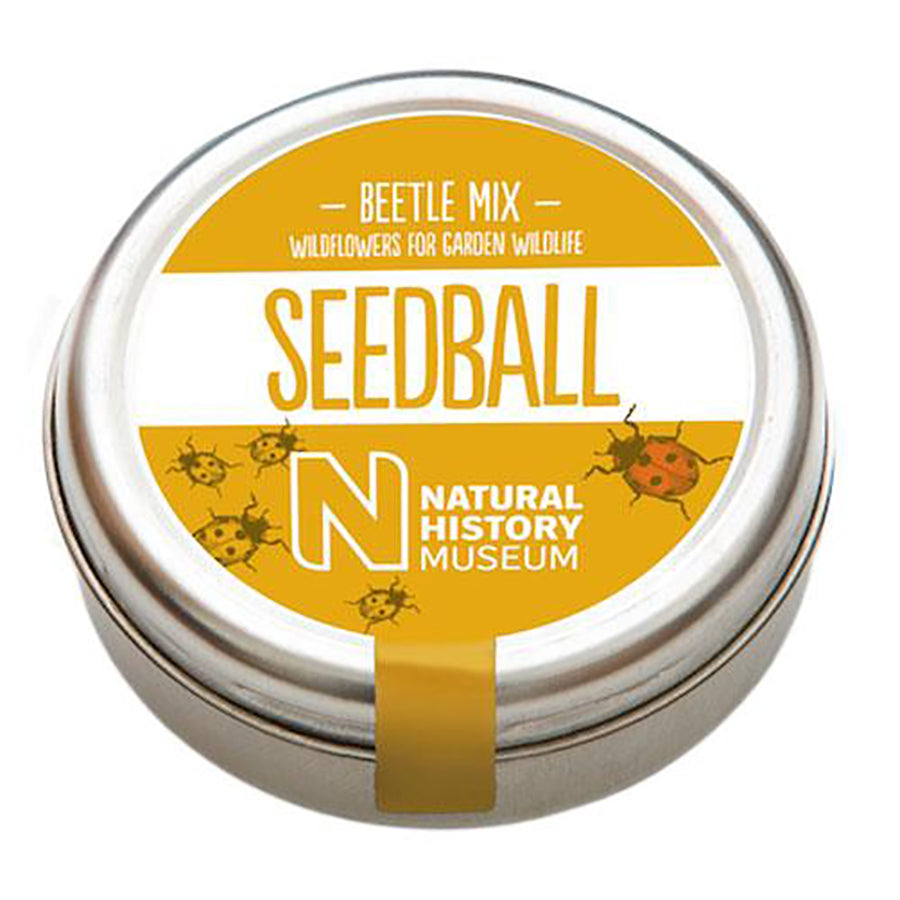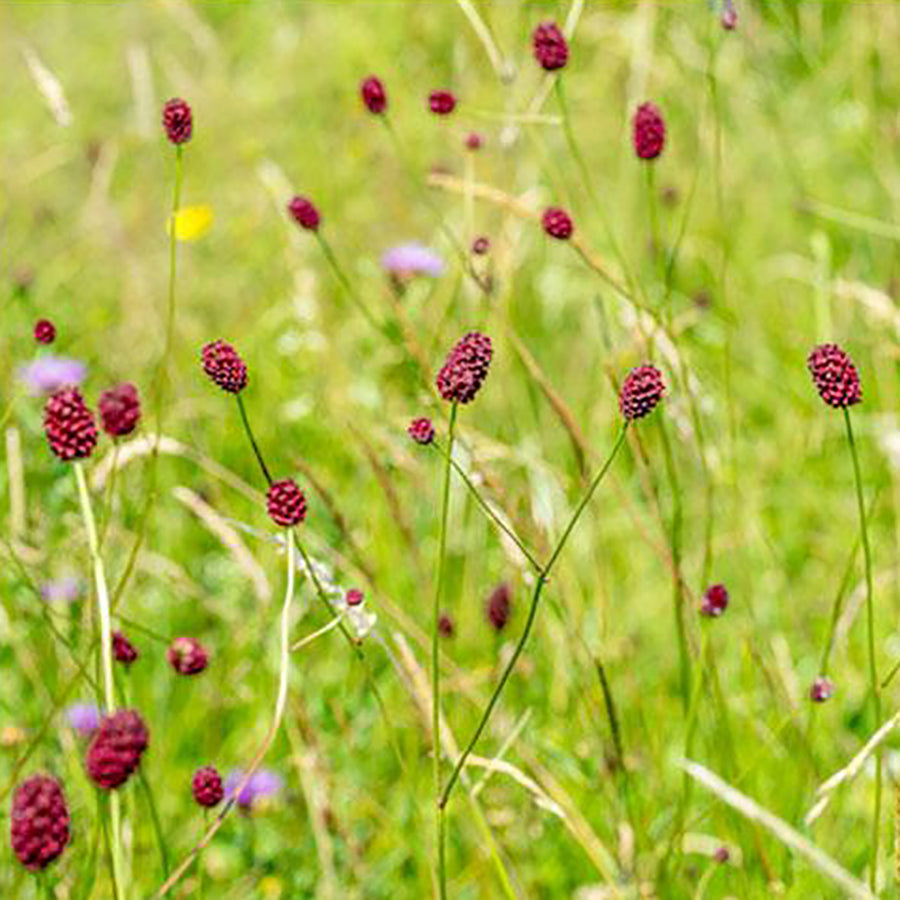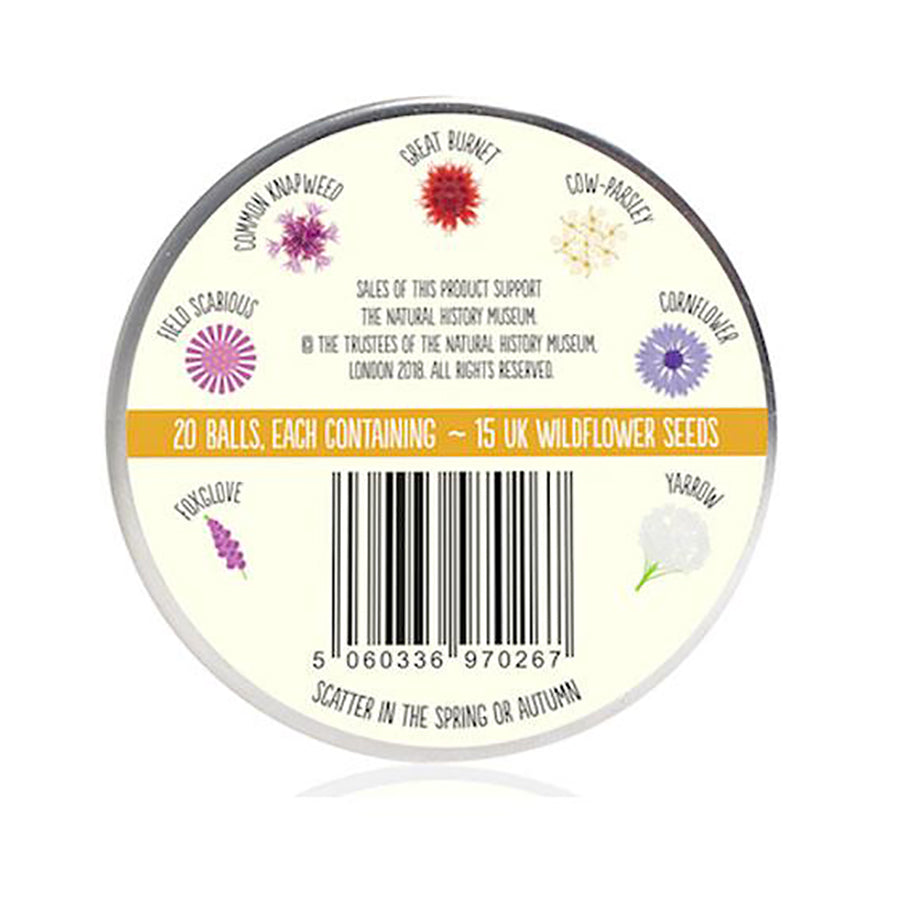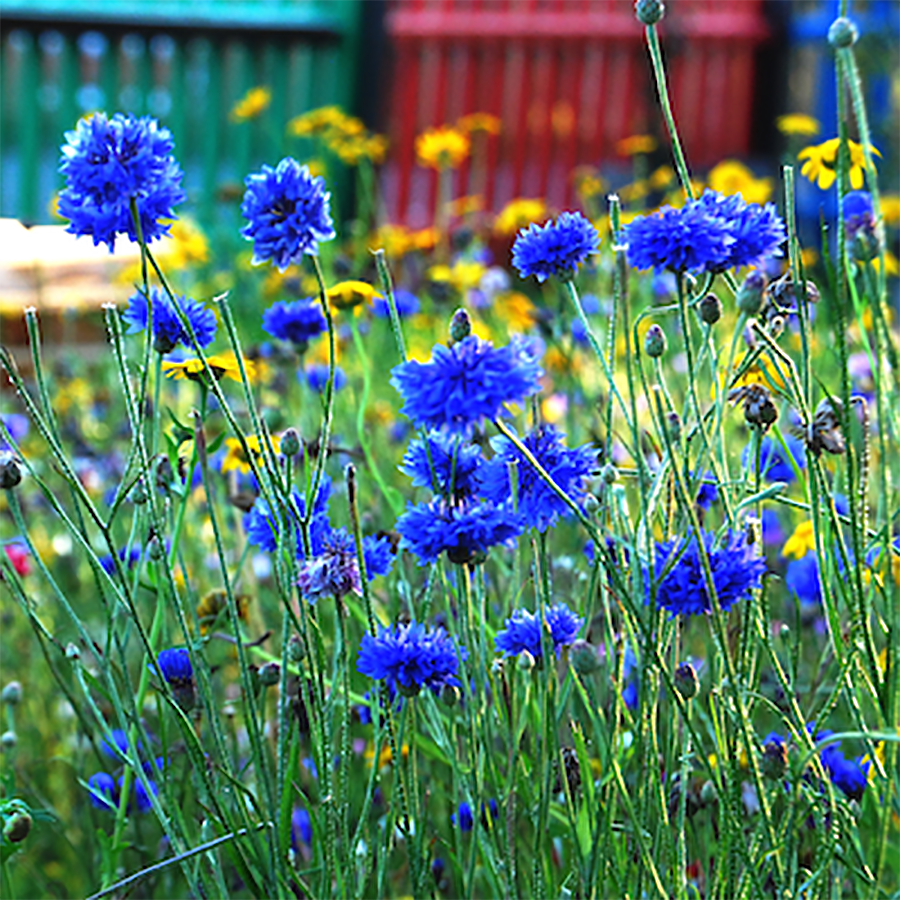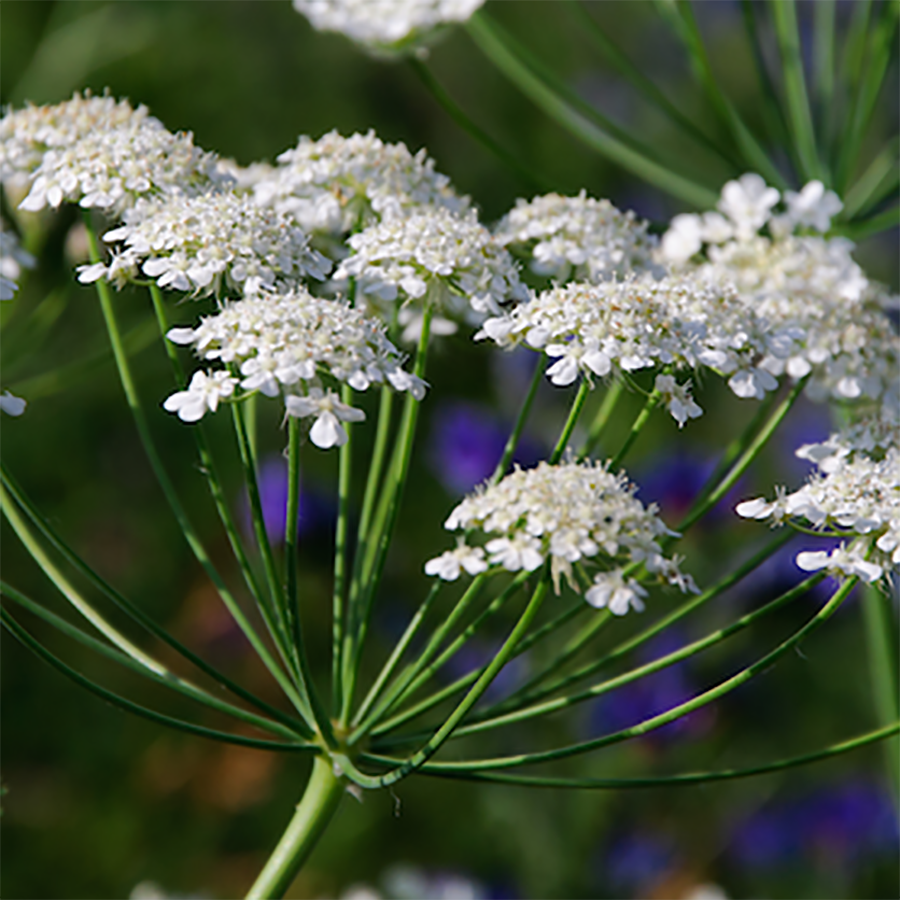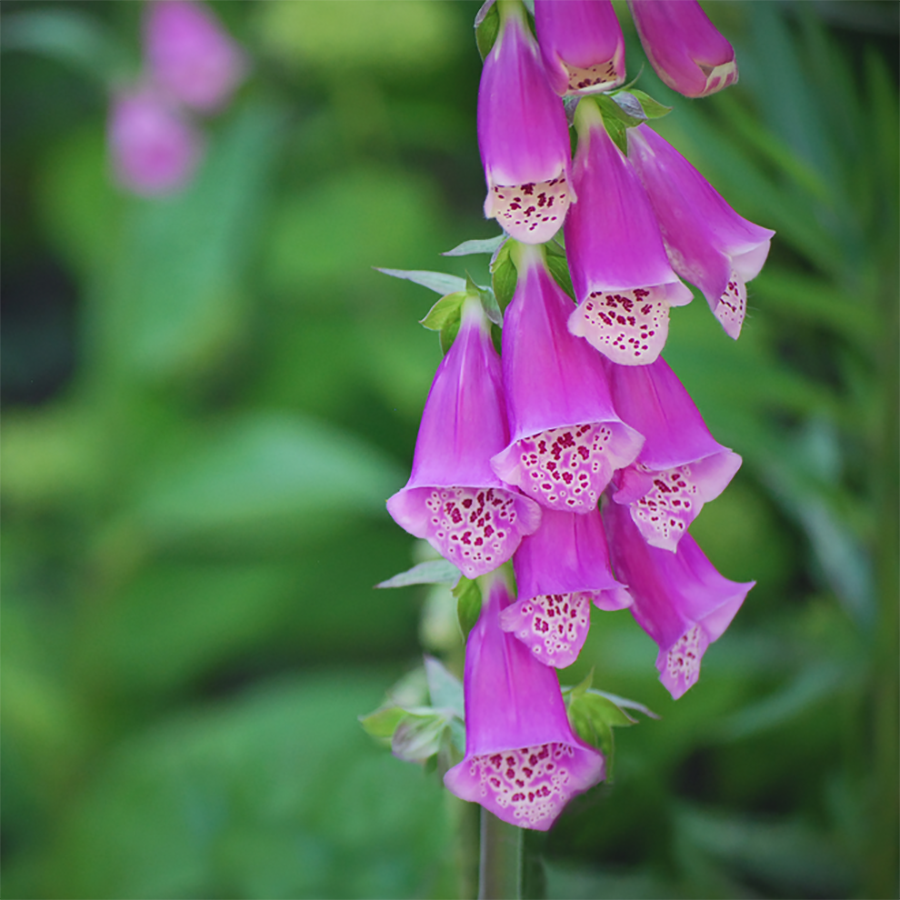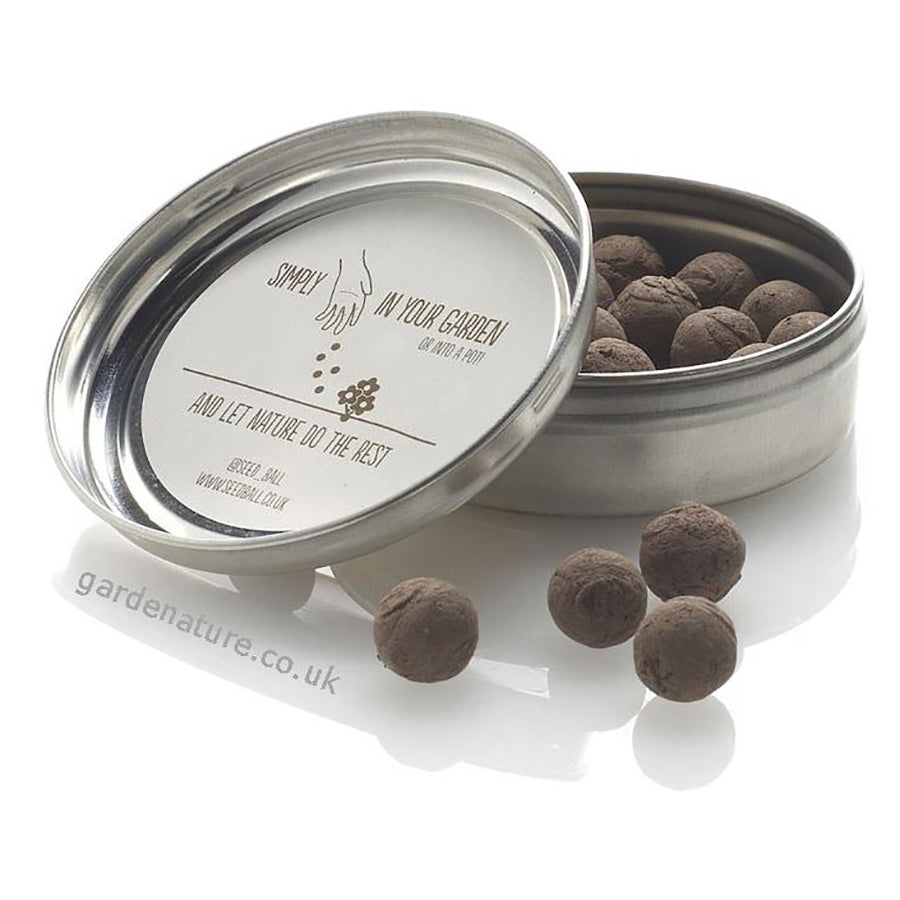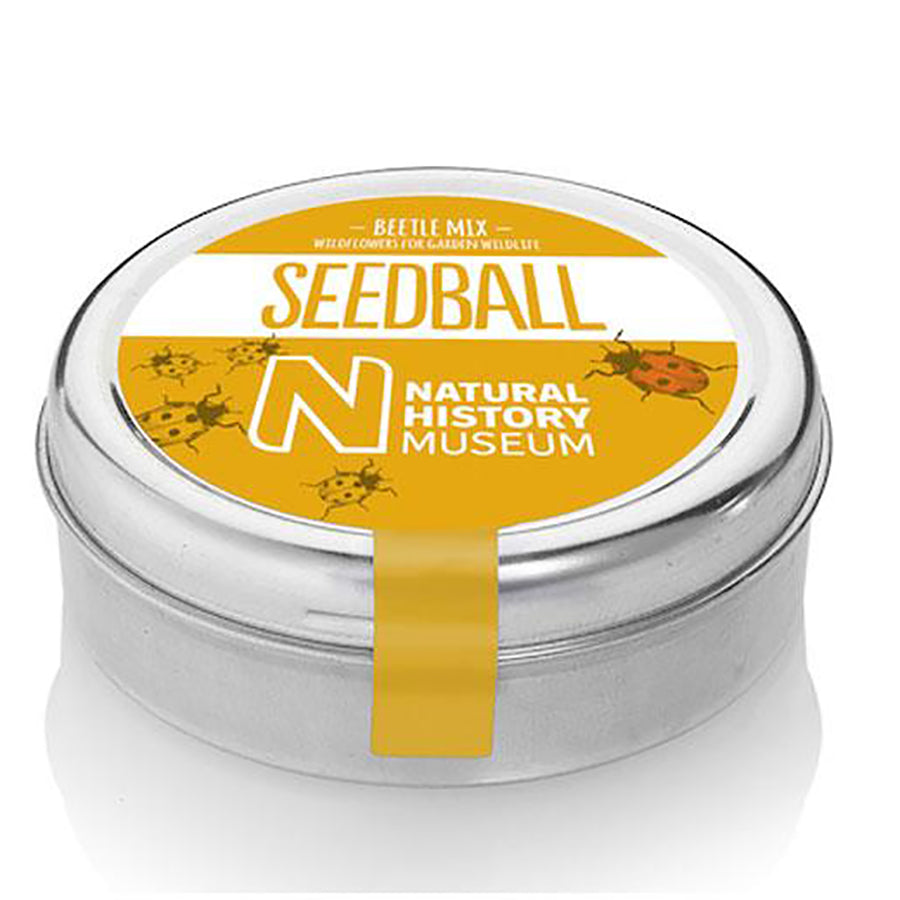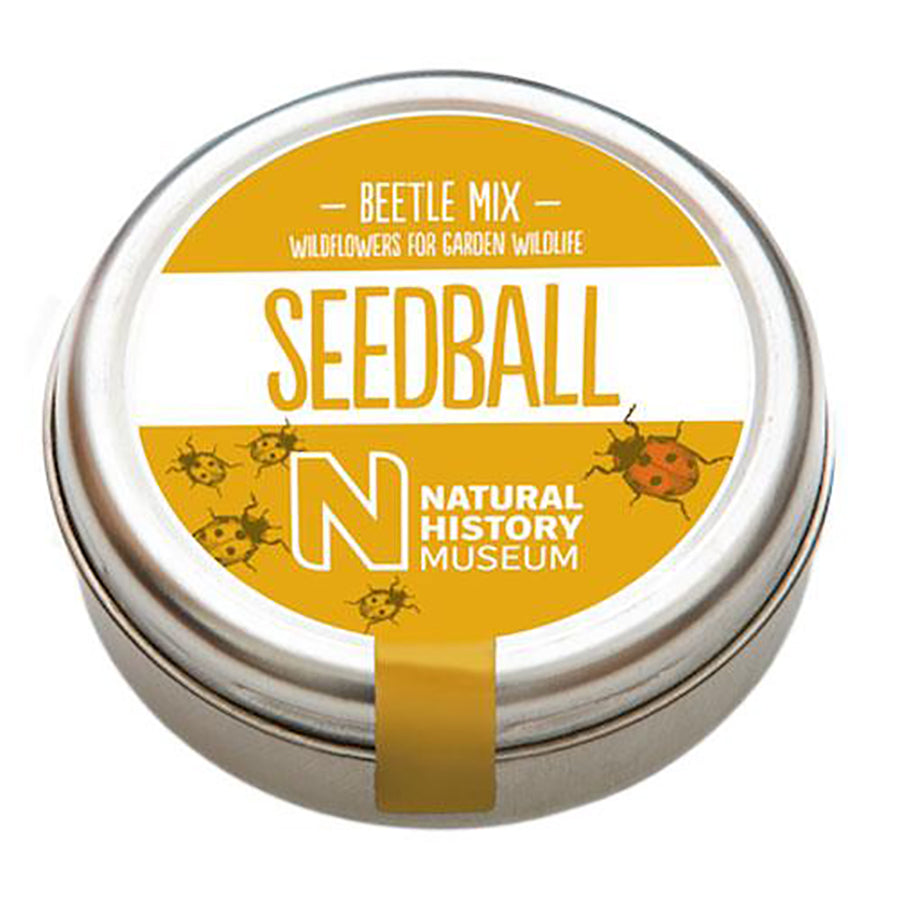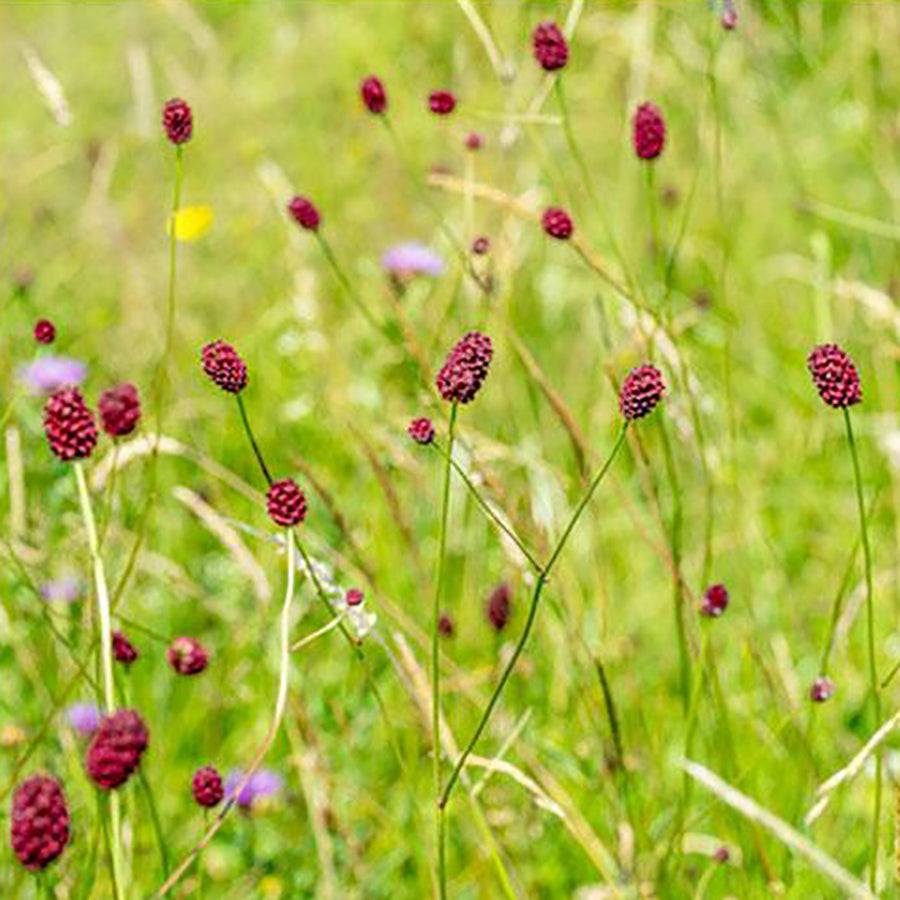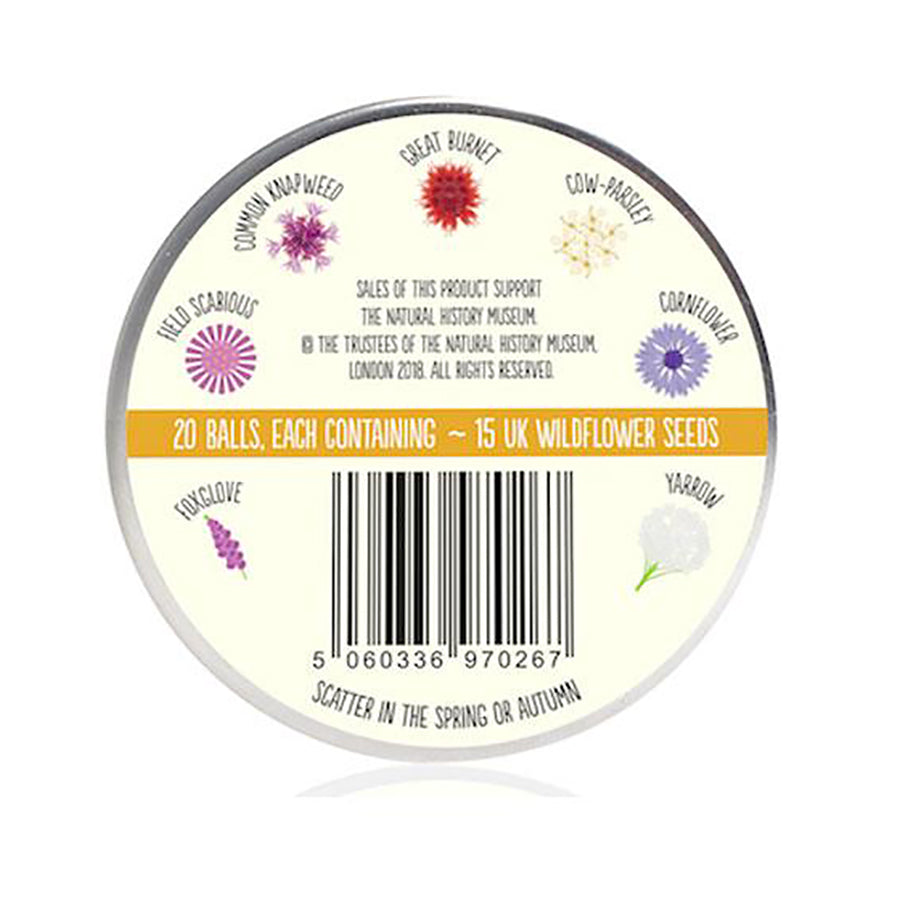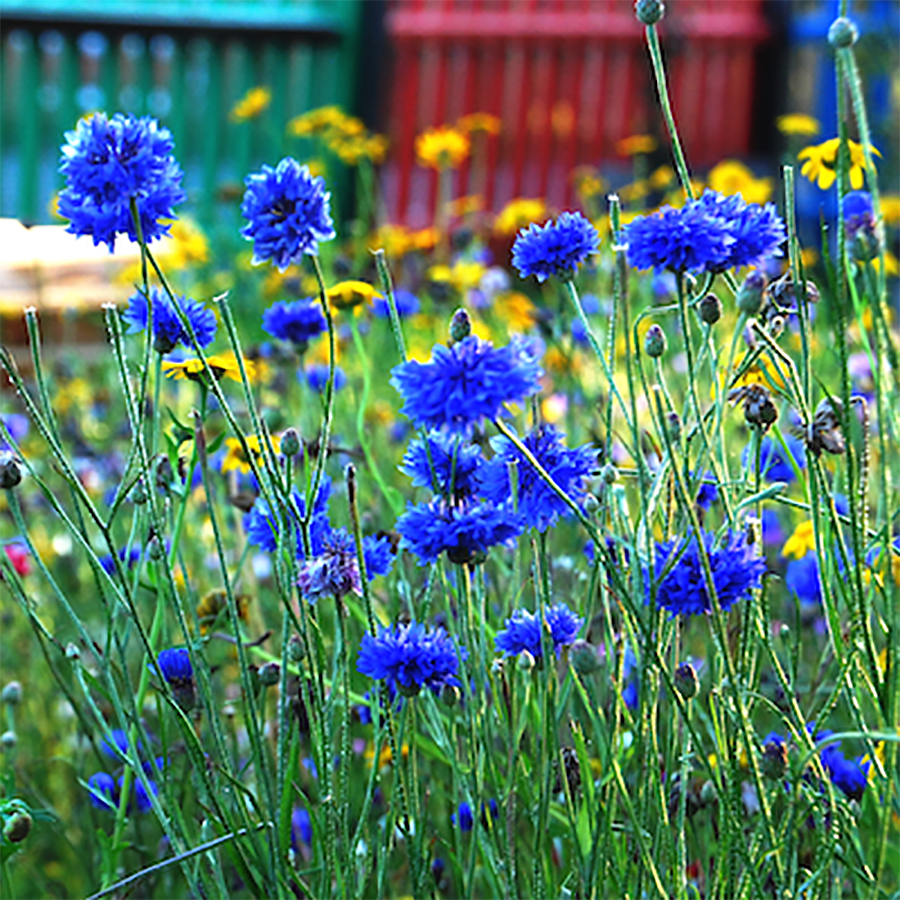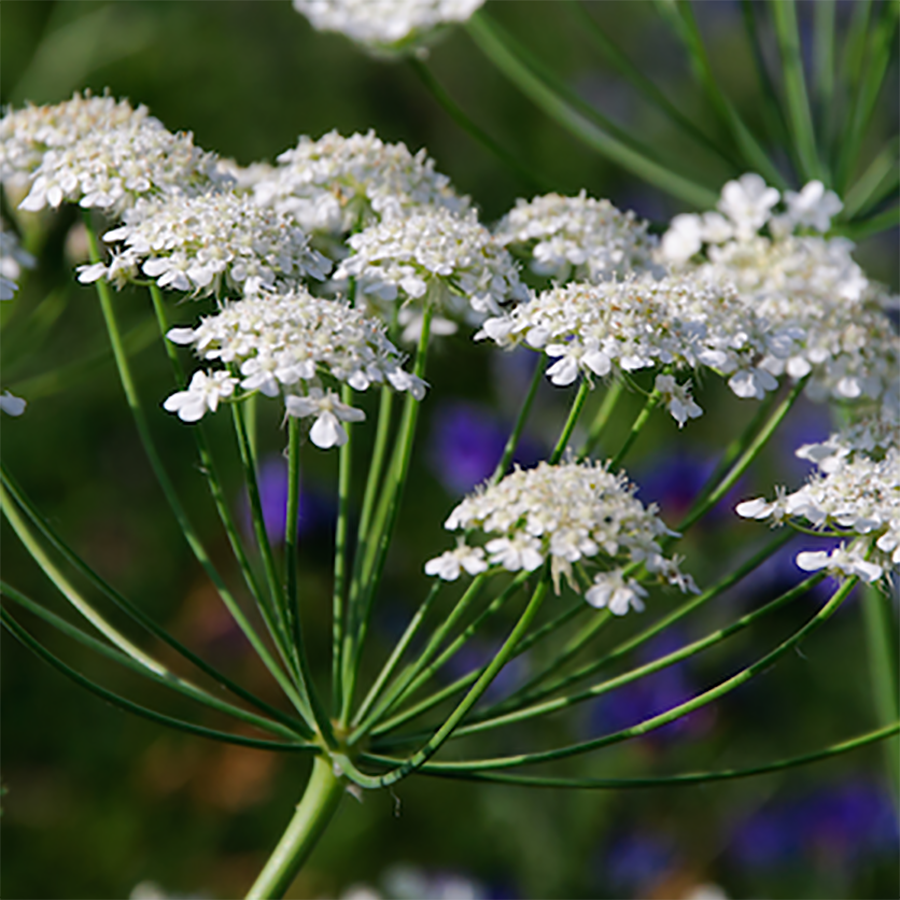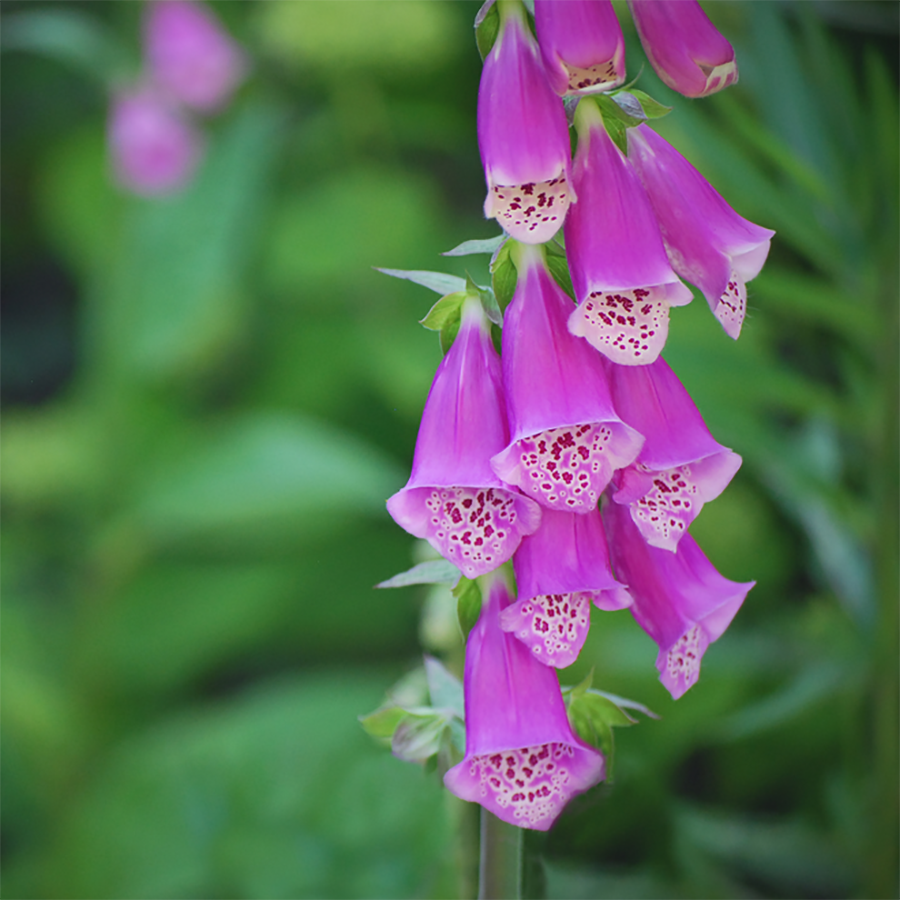SeedBall - Beetle mix
SeedBall - Beetle mix
Couldn't load pickup availability
Seedball Beetle Mix
Finalist for Gift of the Year 2018! The ideal mix to attract pollinating beetles! Created in collaboration with the Natural History Museum, this mix includes wildflowers that are perfect for attracting our pollinating beetles.
Common knapweed, Cornflower, Cow parsley, Field scabious, Foxglove, Great burnet, Yarrow.
- 20 balls per tin, 30 seeds per ball.
- Easy to use, simply scatter on top of soil in a garden bed or planter.
- Scatter in spring or autumn. Sprouts seen in 4-6 weeks.
Common knapweed (Centaurea nigra)
Perennial
Height: 30-80cm
Flowers: July to September
Cornflower (Centaurea cyanus)
Annual
Height: 90cm
Flowers: June to August
Cow parsley (Anthriscus sylvestris)
Perennial
Height: 50-150cm
Flowers: May to July
Field scabious (Knautia arvensis)
Perennial
Height: 30-60cm
Flowers: August to September
Foxglove (Digitalis purpurea)
Biennial
Height: 60-150cm
Flowers: June to September
Great burnet (Sanguisorba officinalis)
Perennial
Height: 40-80cm
Flowers: July to August
Yarrow (Achillea millefolium)
Perennial
Height: 8-60cm
Flowers: June to August
All seed is responsibly sourced in the UK from Flora Locale accredited suppliers, we use only peat-free compost and our steel tins are manufactured in London (they are also super re-usable and recyclable).
SEEDBALL is run by project MAYA, a non-profit eco-social enterprise working to promote environmental sustainability following the principles of permaculture.
Seed balls are a great permaculture technique for growing seed in a more simple and effective way. SEEDBALL have applied this technique to make wildflower seed balls, as growing wildflowers from seed can be super challenging! As life can get pretty hectic, Seedball wanted to make it a bit easier for everyone to have gardens, balconies and window boxes that are bursting with native wildflowers, buzzing bees and beautiful butterflies!
Each seed ball contains a mini ecosystem: wildflower seeds are mixed with clay, peat-free compost and a smidgen of chili powder, and rolled into a small ball. Each ball is approximately 1 cm in diameter, making them so easy to just scatter. The dried clay acts as a protective casing from common seed predators (such as ants, mice and birds). When sufficient rain permeates the clay, the seeds inside begin to germinate - helped along by the nutrients and minerals contained within the balls. The chili powder continues to deter predators while the seed ball slowly degrades and the seeds sprout.
Seed balls will work well in most environments (as long as the type of seed used is suited to that environment) and they are particularly useful in dry and arid areas where rainfall is highly unpredictable and in severely degraded land. Various forms of seed balls have been used throughout history - from ancient Chinese civilizations to Native American tribes! More recently, seed balls were promoted by the Japanese natural farming innovator Masanobu Fukuoka. Fukuoka demonstrated that with the labour of just two people working a few weeks a year, seed balls could produce high crop yields without the need for plowing, weeding, or the application of pesticides and fertilizer.
Although the use of seed balls in the UK is only just emerging, they are commonly used in ecological restoration projects across many other parts of the world, such as the Rainmaker Project in Kenya. They have also been used creatively for re-greening urban areas and for urban gardening (sometimes in very unusual places!).
